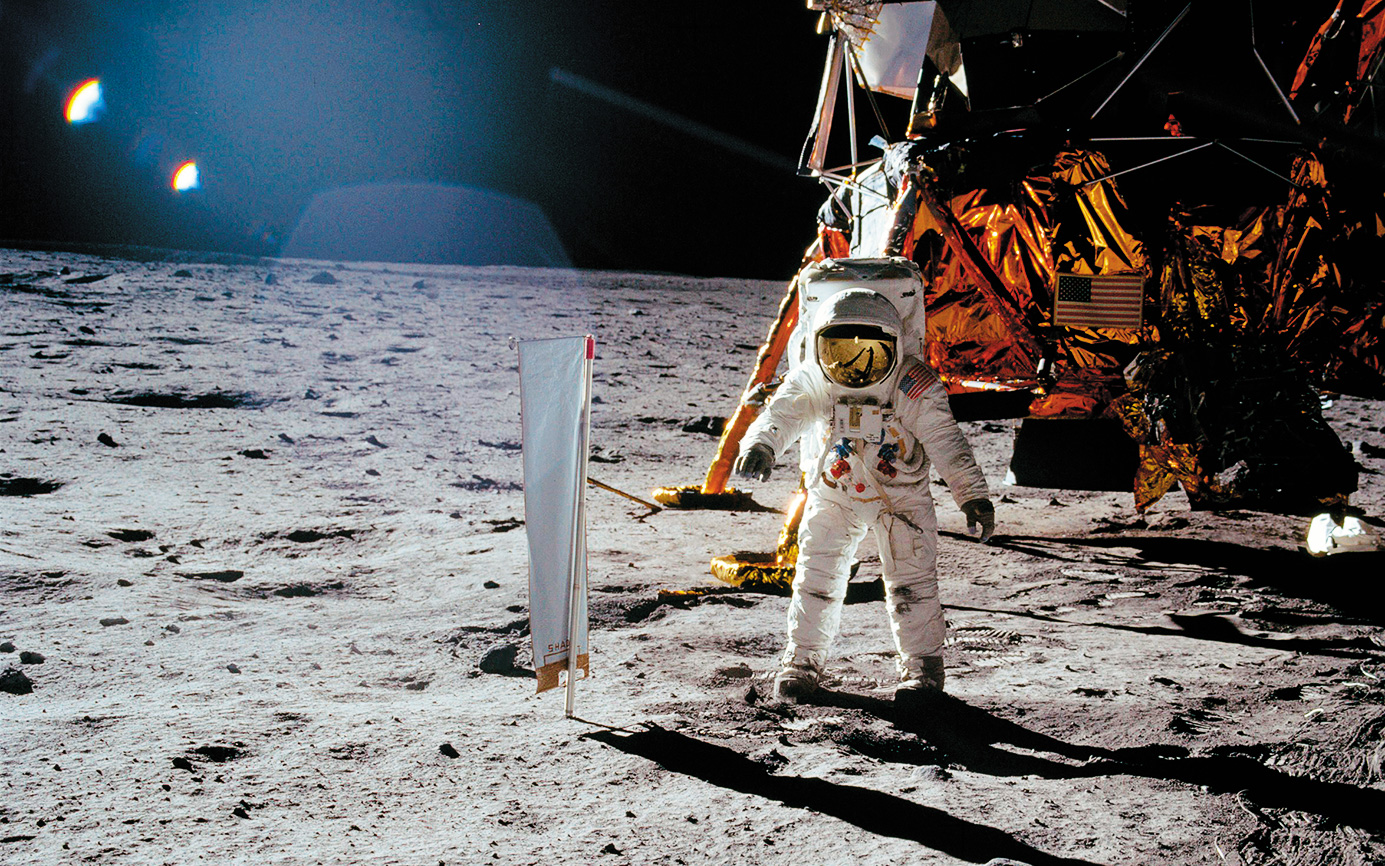

Two versions of the Apollo Command/Service Module (CSM) spacecraft were developed: Block I intended for preliminary low Earth orbit testing, and Block II which was designed for the lunar landing. The prime crew members selected for actual missions are here grouped by their NASA astronaut selection groups, and within each group in the order selected for flight. In March 1972, Slayton was restored to flight status, and flew on the 1975 Apollo–Soyuz Test Project mission. Slayton was responsible for making all Gemini and Apollo crew assignments. "Deke" Slayton, one of the original Mercury Seven astronauts, who was medically grounded in September 1962 due to a minor cardiac arrhythmia – paroxysmal atrial fibrillation. NASA's Director of Flight Crew Operations during the Gemini and Apollo programs was Donald K. 6.1 Astronauts who died during the Apollo Program.6 Apollo astronauts who never flew to the Moon.4 Apollo astronauts who flew to the Moon without landing.3 Apollo astronauts who walked on the Moon.2 Astronauts who trained for Apollo but did not fly.Of the 24 astronauts who flew to the Moon, two went on to command a Skylab mission, one commanded Apollo–Soyuz, one flew as commander for Approach and Landing Tests of the Space Shuttle, and two commanded orbital Space Shuttle missions. Nine astronauts later flew unused Apollo command modules in the Apollo Applications Program's Skylab and Apollo–Soyuz Test Project. Apollo missions 18, 19, and 20 were canceled. The Apollo program included three other crewed missions – Apollo 1 (AS-204) did not launch and its crew died in a ground-based capsule fire, while Apollo 7 and Apollo 9 were low Earth orbit missions that only tested spacecraft components and docking maneuvers. Apollo 4– 6 and AS-201 and AS-202 were uncrewed, while AS-203 is considered a test flight.
/851512-resize-56a48d825f9b58b7d0d7828a.jpg)
No woman has been to the Moon, but a number of animals have orbited it, including two tortoises and five mice.Īpollo missions 8 and 10– 17 were the nine crewed missions to the Moon. Apart from these 24 men, no human being has gone beyond low Earth orbit. Three men have been to the Moon twice, one only orbited both times, while the other two landed once apiece. During six successful two-man landing missions, 12 men walked on the lunar surface, from which six drove Lunar Roving Vehicles as part of the last three missions.
1969 FIRST MAN ON THE MOON PROFESSIONAL
This mission caught the attention of Omega, who rebranded the model as the Omega Professional Speedmaster.As part of the Apollo program by NASA, 24 astronauts have flown to the Moon during nine missions between December 1968 and December 1972. In June of 1965, Ed White wore his NASA issued Omega Speedmaster on America’s first spacewalk. Fitted with extra long nylon straps, the Speedmaster watches were ready to be issued to America’s space crew. The Speedmaster was certified “Flight Qualified for all Manned Space Missions” by NASA in 1965. After months of intense environmental testing, only the Omega Speedmaster remained intact. They needed a chronograph watch that could withstand the unique conditions of space travel and could be used as backup in the result of system failure.Įngineers procured several watches from top watch brands: Rolex, Longines, Omega. At that time, NASA didn’t have an official watch for its astronauts, so they decided to find one. In October 1962, the Omega Speedmaster took its first trip into space as Wally Shirra’s personal watch.
.jpg)
They relied on the split second timing of the chronograph function to accurately calculate fuel consumption.
1969 FIRST MAN ON THE MOON DRIVERS
The Speedmaster was introduced in 1957 and was popular among race car drivers and pilots. Minutes later, Buzz Aldrin emerged wearing his Omega Professional Speedmaster, the first watch worn on the moon. Neil Armstrong exited the craft as the first man to step foot on the moon. On July 20, 1969, with only 30 seconds of fuel remaining, Neil Armstrong and Buzz Aldrin safely landed on the lunar surface.


 0 kommentar(er)
0 kommentar(er)
